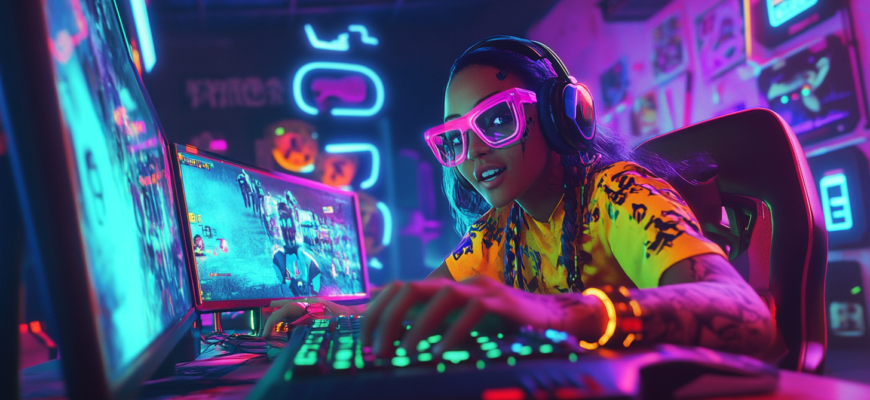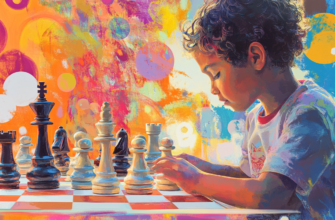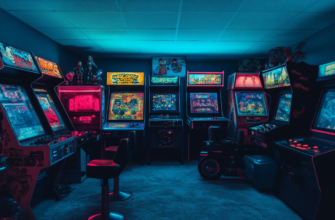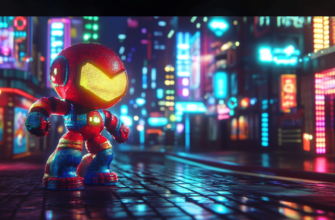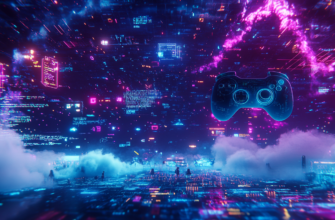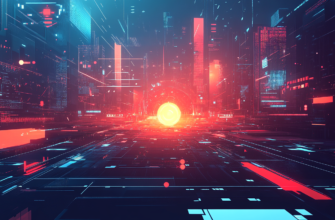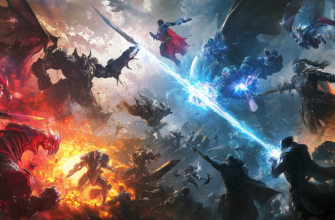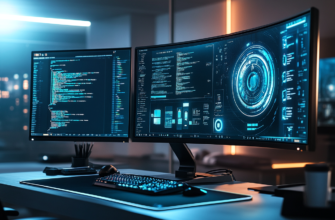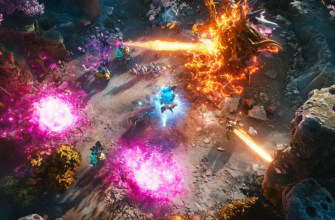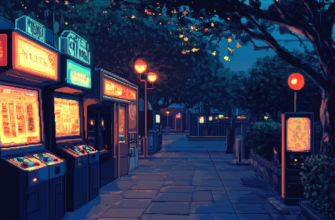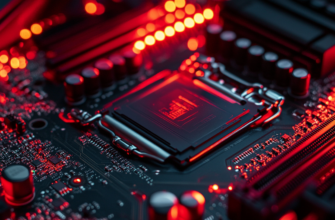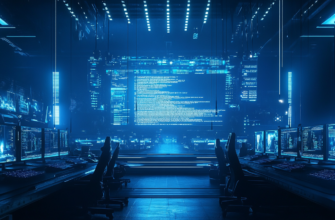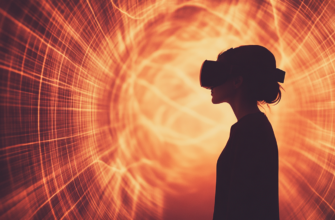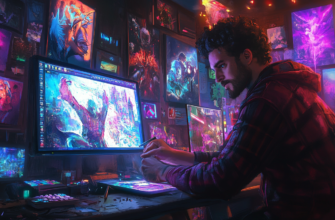- Unlocking the mystery: Why do people spend money on skins and visual effects in games?
- The appeal of skins and in-game visual effects
- Reasons why people invest in skins and in-game effects
- What type of skins are most popular?
- How to make sure you’re spending wisely on skins
- The dark side of it: When purchasing skins becomes a problem
- Conclusion: It’s all about enhancing your gaming experience
Unlocking the mystery: Why do people spend money on skins and visual effects in games?
Hey there, fellow gamer! Ever find yourself browsing the in-game store and suddenly getting *that* urge to buy a cool skin or some flashy visual effect? Yeah, me too. The idea of decking out your character, weapon, or even your game environment is more tempting than we care to admit sometimes. But have you ever stopped and wondered, “Why do people spend real money on skins and visual effects in games?” You’re not alone if you’ve questioned this phenomenon, and hopefully, by the end of this deep dive, you’ll have a clearer picture of why gamers, like us, enjoy shelling out cash for these cosmetic in-game goodies. Let’s unpack this!
The appeal of skins and in-game visual effects
Let’s start by breaking down what we mean by “skins” and “visual effects.” You probably already know this, but for those who are newer to the gaming world:
- Skins: These are purely cosmetic alterations that change the appearance of your character, weapon, or game object, without giving a gameplay advantage.
- Visual effects: Defining some dazzling animations, graphic elements, particle effects, or unique character animations, visual effects are all about how epic things look on-screen.
Neither of these give you a competitive edge—your fireball won’t do more damage just because you bought a fire-themed animation—but people still decide to invest in them. Why?
Reasons why people invest in skins and in-game effects
Let’s outline a few of the most popular reasons players open their wallets:
- Self-expression: When you’re playing an online multiplayer game, skins and visual effects give you a chance to express yourself. Whether you’re sporting an edgy dark-themed character or some over-the-top glittery outfit, it’s all about showing off your personal style. It’s like fashion but for gamers.
- Unique identity: We’ve all been there—getting into a full server, and noticing every other character looks identical to yours. Well, skins allow you to stand out. You can make your character look different, which makes you, as a player, feel more unique and **distinct** among the game’s thousands of players.
- Social currency: In the gaming world, your in-game appearance goes beyond just looking cool—it can become a kind of social status symbol. Think about it: if a skin is rare or hard to come by, flexing that in a match can signal to others that you’re a committed or high-level player. People will recognize that you’ve either got luck or you’ve put in serious time (or cash) to get that exclusive item.
- Supporting the developers: Many gamers feel that buying skins is a way of supporting the game’s developers. Games like Fortnite and League of Legends are free-to-play, and players feel that dropping some money helps keep the game running, which is often preferable to traditional purchasing models where you’d buy the whole thing upfront.
- Nostalgia and fandom: Many games, especially the ones that exist in larger universes (think Star Wars or Marvel), release skins based on beloved characters, iconic symbols, or historic moments in pop culture. If you’re a huge fan of Spider-Man, how are you not going to buy that limited edition Spider-Man skin in Fortnite?
- It’s just fun: Honestly, this might be the simplest, but most compelling reason of all. Sometimes, spending on skins or visual effects just feels fun. It brings some excitement back into a game you might’ve been playing for hours, adding a little spice to the experience.
What type of skins are most popular?
If you’re wondering what sorts of skins people tend to gravitate toward, here’s a quick rundown of the most popular categories:
- Character skins: These transform your in-game avatar, changing their clothes, hair, or even the whole model.
- Weapon skins: Good ol’ gun camos, knife skins, or any other weapon modification. Could be thematic like a dragon-themed shotgun, or something as simple as a golden sniper rifle.
- Vehicle skins: Games with vehicles like PUBG or GTA continually roll out cars, aircraft, and boat skins that can range from wildly colorful to sleek and tactical.
- Signature or kill effects: These trigger animations and effects after you make a kill. Remember how cool it felt when that enemy you just sniped disintegrated into purple sparkles?
- Emotes: Ok, not technically “skins” per se, but emotes let you flaunt dance moves or taunt animations, further differentiating yourself from your peers (and yeah, annoying enemies).
How to make sure you’re spending wisely on skins
Alright, so you’re convinced that skins are worth some hard-earned money, but how do you spend strategically in a way that doesn’t burn holes in your wallet?
Step 1: Set a budget
First rule of smart gaming: don’t let impulse buying ruin your monthly budget. Decide ahead of time how much you’re willing to spend on in-game cosmetics each month. Keeping this in check can prevent those dreaded credit card statement regrets.
Step 2: Prioritize limited-time offers
Publishers are crafty— they’ll often use time-limited bundles or promotions to entice you. Watch out for those, especially if the skin is rare or you know it might never return later. Prioritize the special ones over ones that you know will be in the store for months.
Step 3: Get skins through rewards and events
Many games offer free or discounted skins as rewards during special events or through battle passes. Keep an eye out for seasonal events, where you can earn exclusive skins without needing to shell out as much real cash.
The dark side of it: When purchasing skins becomes a problem
If you’re constant with skin purchases, it can sometimes cross a line into unhealthy spending. Remember that feeling like you need every new release can lead to negative consequences. If you find yourself chasing exclusivity and dipping into savings for that next limited-time outfit, it’s important to take a step back and see if it’s still a healthy hobby, or if it’s become a compulsion.
Tip: Keep track of your in-game spending!
Don’t let skins or other cosmetics start to drain your finances. Frequently audit your spending habits and remember—cosmetics don’t impact gameplay experience mechanics. Focus on enjoying the core experience of gaming first!
Conclusion: It’s all about enhancing your gaming experience
So, why do people spend money on skins or visual effects? Simply put, it’s about personal expression, social recognition, supporting developers, fandom, and, well, just having fun. Skins don’t make you a better player, but they do let you enjoy the game in a slightly more tailored, and dare I say, fashionable way.
The next time you’re eyeing that elusive skin in the marketplace, ask yourself: will this bring me more joy? If yes, then maybe it’s worth the spend—but stick to your budget, and remember, the real magic still happens when you’re having a blast in-game, skins or not.
Happy gaming, my friend! Now, time to hunt for that next headshot… with or without the legendary skin!

